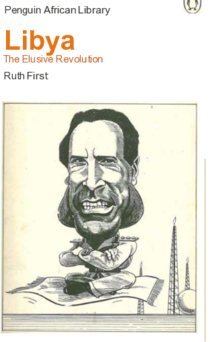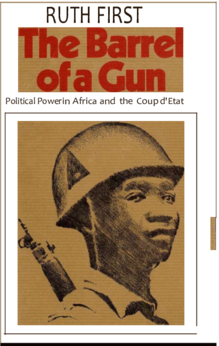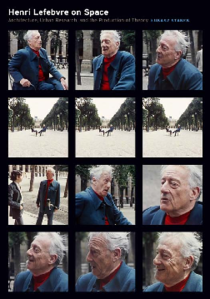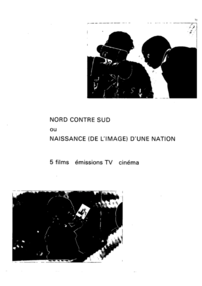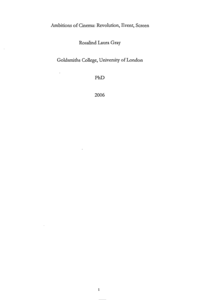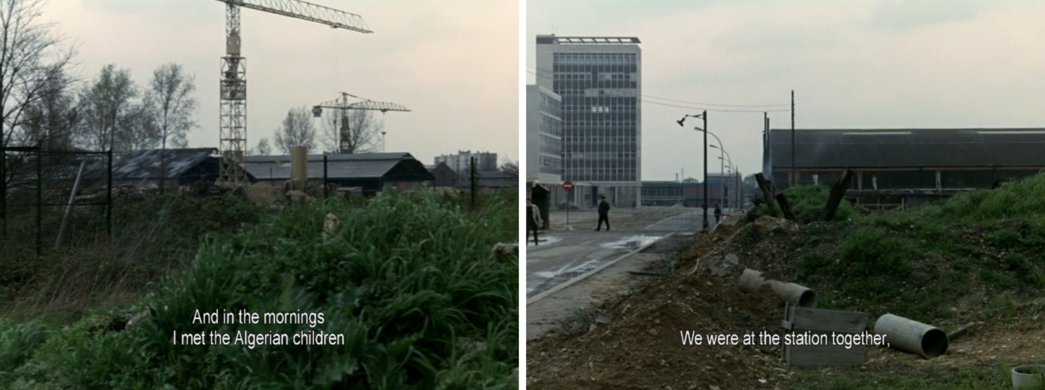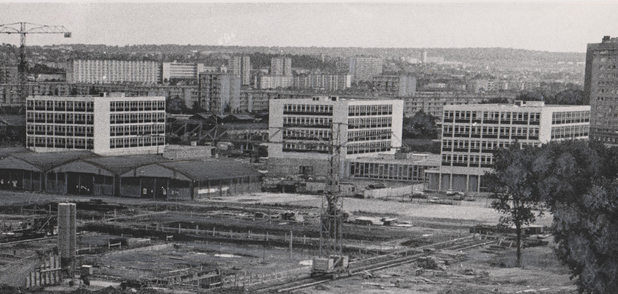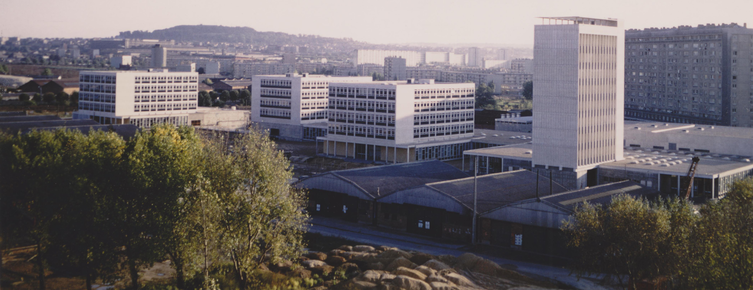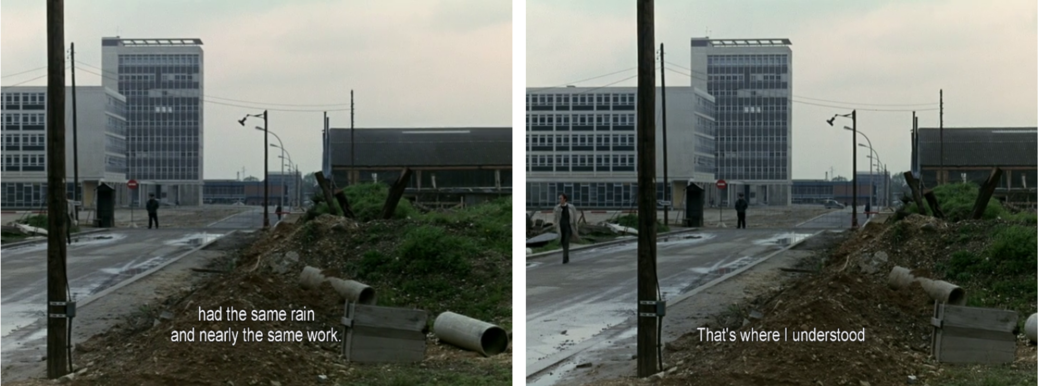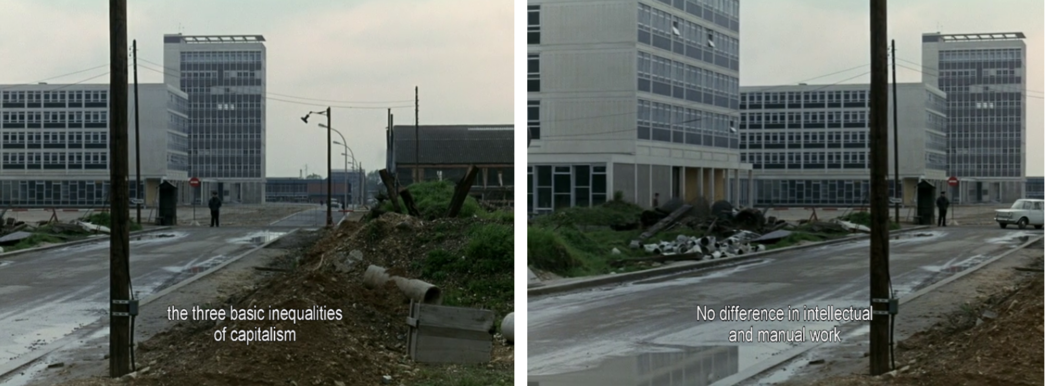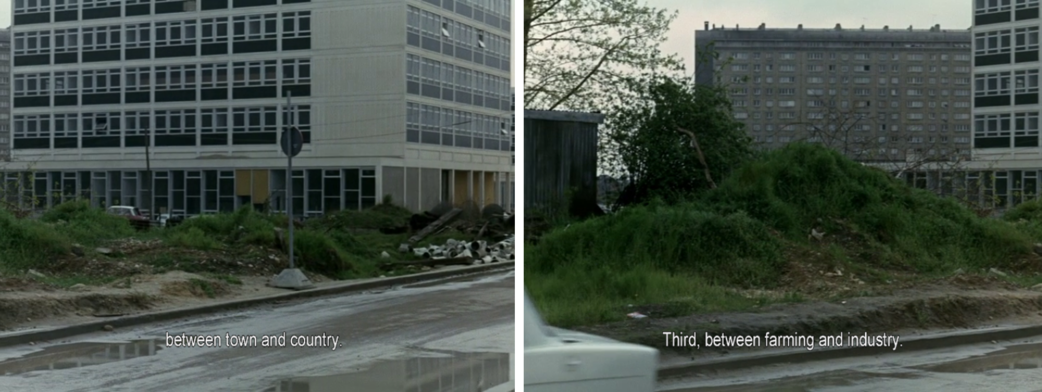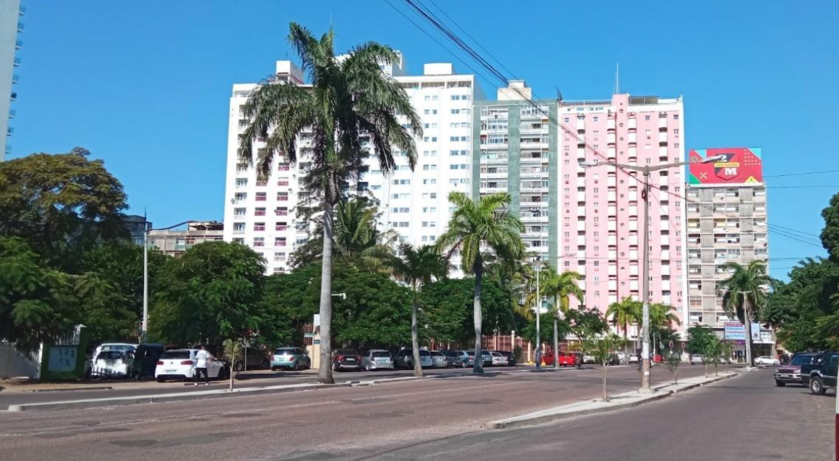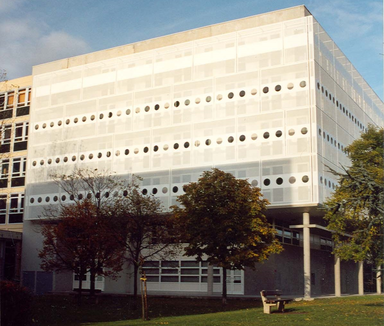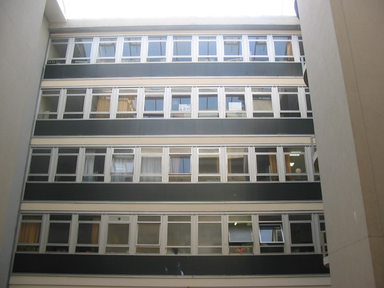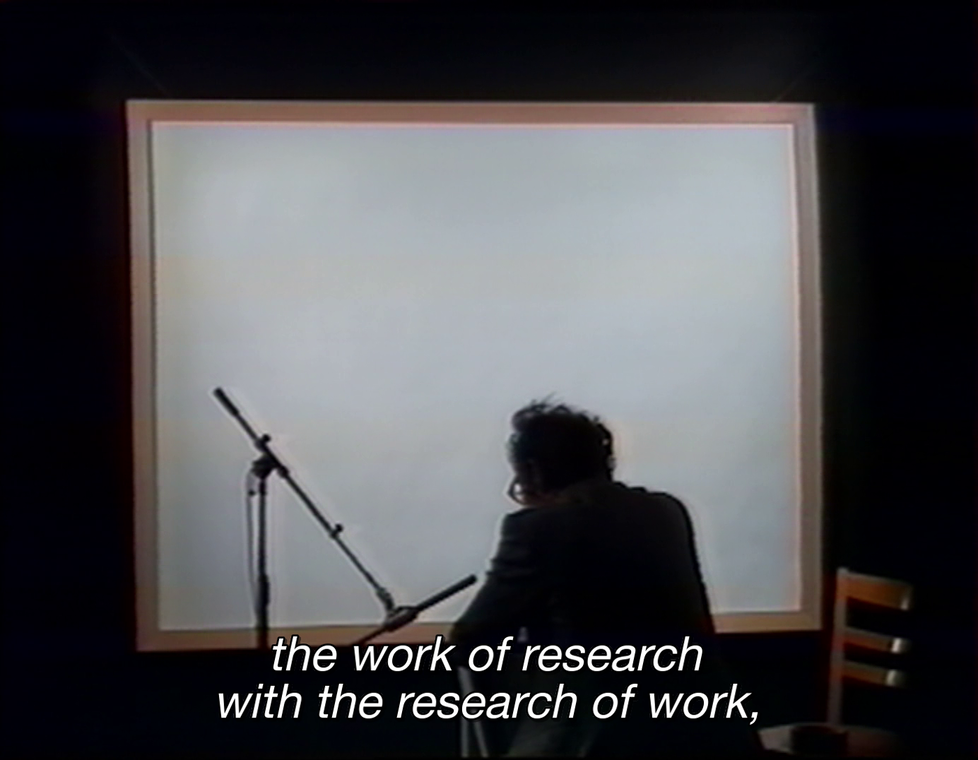APPRENDRE
APPRENDRE
APPRENDRE
APPRENDRE
APPRENDRE
APPRENDRE
APPRENDRE
APPRENDRE
APPRENDRE
APPRENDRE
APPRENDRE
APPRENDRE
APPRENDRE
APPRENDRE
APPRENDRE
APPRENDRE
APPRENDRE
APPRENDRE
APPRENDRE
APPRENDRE
APPRENDRE
APPRENDRE
APPRENDRE
APPRENDRE
APPRENDRE
APPRENDRE
APPRENDRE
APPRENDRE
APPRENDRE
... the question of research with a research for questions... imaginary conversations between places, buildings and people in parallel universes, developing asynchronously. Between Ruth First and Henri Lefebvre, with Jean-Luc Godard among others in the background, about finding a form and a methodology and about doing research and how. Four years are in focus, between 1978 and 1982, beginning when Ruth First moves to Maputo, shortly after Mozambique had gained indedependence and ending when her life was brutally taken by a letter bomb, sent from South Africa to her office at Mondlaine University. But these four years, from the late 1970s into the early 1980s are spreading and propelling in various directions in their pre-and afterlives.
Two buildings facing each other at the campus of Nanterre University were renamed after Henri Lefebvre and ethnographic filmmaker Jean Rouch, emphasising the questions of space, memory, and montage. These two buildings become a starting point to create vibrant resonances and new proximities, spiralling from there into various geographical, temporal and imaginary directions; to initiate filmic investigations as a research for questions. Involving students and teachers to reflect on research questions, study programs, curricula, reading habits and lists. How did research questions change over time? How is education part of a production of spatial and social divides?
The sociologist Henri Lefebvre, who taught at Nanterre at the time, “used to say that May "68 happened because students were forced to walk through Algerian bidonvilles to get to their classes. The lived proximity of those two highly different worlds ... , these precarious and ephemeral meetings, beset with all the incertitude, desire, empathy, ignorance and deception that mark such encounters, are at the heart
of the political subjectivity that emerged in "68.” (Ross, 2018).
Today, as shantytowns are coming back to Nanterre, and the economic, social and spatial divide is progressing along similar fault- lines, as recently shown by the killing of 17 year old Franco-Algerian Nahel Merzouk, shot at point blank range by police forces and filmed from a by-passers mobile phone, prompting some of the biggest riots in recent memory all over France, we seek to ask how the past and the present crisis intertwine
What is happening now, in the classrooms in Nanterre, Maputo or Durham? What happened to the ambitions of an action driven research as proposed by Lefebvre, First and Godard? A timely approach, more important than ever, combining and not separating research, pedagogies and aesthetics.
Proposal for a collaborative, transversal project, using film as methodology for research, decentral by default, with a perspective on the rural as areas for innovation.
Ruth First joins as Assistant Director and Director of Research of Centre for African Studies at Eduardo Mondlane University.
She becomes Director of the Development Course
Knowing that Ruth First would be the ideal person to organize research on the southern Africa subsystem, and that she herself wanted to get back into the frontline of revolution, Aquino suggested that she might be convinced to return to southern Africa to live and work in Mozambique. She came initially in 1977 to direct a study on Mozambican miners in South Africa, and finally left Durham definitively in 1978 to become the Assistant Director and Director of Research of the Centro de Estudos Africanos.
Tributes from her students at Durham make clear that Ruth's teaching was never "mediocre stuff," but in Mozambique the things she did so well - research, teaching, debate - assumed a much more direct force. The discussion of the research she directed was not confined to academic corridors; it raised questions of immediate import in the consolidation of the Mozambican Revolution. How will the accumulation fund for Mozambique's socialist development be generated? How can we extract ourselves from dependence on South African capitalism? How does one bring the peasantry into a program of socialist development? The cadres she trained had to be working Marxists, making strategically informed decisions everyday in their jobs.
[...]
Behind all of this experimentation was Ruth's conviction that scientific intellectual work is indispensable in a revolutionary struggle, although the professional intellectual is perhaps less so. She herself reveled in intellectual life and adored a sharp critical discussion of a novel or film, enjoyed talking about ideas, but was increasingly impatient with and bored by the existential self-torture of many intellectuals. The Development Course recruited students of extremely varied educational backgrounds; some had attended only primary school but had a good deal of work experience. The course aimed not to turn them into professional researchers but, rather, to train revolutionary cadres, seeing social investigations as a necessary part of their work.
Aquino de Bragança and Bridget O'Laughlin, The Work of Ruth First in the Centre of Africa Studies — The Development Course, in Review VIII, 2, Fall 1984, 159-17.
‘I think that in the area of Information there needs to be more people dedicated to research, just as in industry. In industry it is perfectly admissible that part of a factory or a large company should have a research department where people can carry out research in whatever direction they like. In the industry of cinema, in Information, in the media, research departments don’t exist where new forms, forms that were never used before, can be experimented with. Different ways of interviewing people, of working . . . I think that all this should be studied. As President Mao says, “One shouldn’t speak without first doing research.” Before going to the peasants it is necessary to do a study of the peasants. Even if sometimes the person who is doing the research is herself of peasant origin. This has to be studied, because knowledge has to be given to other people that Mozambique exists. For this, the different parts of Mozambique have to be shown to other parts of Mozambique. Maybe the first time it is shown it will be done badly, or maybe not . . . but the most important thing, above all, is to show.’
See Jean-Luc Godard (1978), "Aprender e ensinar a Imagem no Moçambique independente". Tempo, 408: 32–33
Ros Gray, Cinemas of the Mozambican Revolution. Anticolonialism, Indepedence and Internationalism in Filmmaking. 1968-1991
Manthia Diawara, Sonimage in Mozambique. In The TVideo Politics of Jean-Luc Godard, eds. Gareth James and Florian Zeyfang, 92–121. Berlin: B_Books, 2003.
Nord Contre Sud
Ou
Naissance (De l'Image) d'une Nation
5 films. émissions TV cinéma
JLG, Cahiers du Cinema No 300, 1979
JLG in conversation with Nicole Brenez about making and not making images in Mozambique (French only).
And in the mornings, I met the Algerian children. We were at the station together, we had the same rain and nearly the same work. That's where I understood the three basic inequalities of capitalism. No difference in intellectual and manual work, between town and country. Third, between farming and industry. Panning stils from La Chinoise, 1967, Jean-Luc Godard
The Henri Lefebvre building in the centre of the photo, in the 1960s. However, the buildings were given names only with the 50 years post 1968 celebartions, while softwashing any radicality.
Nord Contre Sud
In 1977, Sonimage, a company that produces and directs cinema films and television programmes, came into contact with representatives of the People's Republic of Mozambique through mutual friends at an international conference in Geneva.
Sonimage proposed that Mozambique take advantage of the country's audio-visual situation to study television before it existed, before it flooded (even if only in twenty years' time) the entire social and geographical corpus of Mozambique.
Study the image, the desire for images (the desire to remember, the desire to show this memory, to make it a mark of departure or arrival, a line of conduct, a moral/political guide to an end - independence).
Study the production of these image desires and their distribution via the airwaves (oh! sirens) or cables. Study production for once, before broadcasting gets involved. Study the programmes before creating a schedule behind which to hide viewers who will no longer know that they are behind the set (lagging behind) and not in front of it as they think (don't lag behind the TV, parents chant).
To study all this while taking advantage of this situation and this exceptional terrain: the independence of a country two or three years old, and the image it is gradually forming of itself. Nothing more than a child, but twice the size of France.
And the people of Mozambique expressed their agreement to Sonimage. And together they agreed that (for the duration of a two-year contract) their respective audiovisual development would take place more or less side by side.
Thinking about television together, because each of us — the small Western film society drowning in daily floods of images, and the big, new, awkward country emerging from the colonial night — simply had more or less the same number of cameras, recorders and monitors.
In other words: no more than two or three people for the small Franco-Swiss company, and no less than thirteen million for the big Mozambican company. Two or three on the fringes of television to think about television with thirteen million still on the fringes of the world. In short (in total), two margins side by side to fill a page that is still blank, or still in the dark of night.
"Birth (of the image) of a Nation' will therefore tell the story of the relationships and history of these human relationships between a country that does not yet have television and a small television crew from a country that has too much television.
This team will be made up of a producer, a speaker/photographer and a technician, who will meet a businessman from a large industrial firm staying at the same hotel.
Films 1 and 5 will focus on the producer/speaker couple, their thoughts away from home (film 1) during filming, and their feelings on their return to Europe (film 5). The producer and the announcer will be played by an actor and an actress.
Films 2, 3 and 4 will be sketches, notebooks and travel diaries, thoughts, drawings and impressions expressing the viewpoint of the producer in film 2, that of the businessman in film 3 and that of the photographer in film 4.
Film 2 (Producer) will consist mainly of conversational video interviews with those who have never seen images before (the majority of the Mozambican population).
Film no. 3 will be made up of Super8mm or 16mm documents, often screened for analysis as home movies brought back by the businessman for his family.
Film No. 4 will consist mainly of photographs, mostly black and white, expressing the photographer's point of view.
If the series of five films is shown on television, films 1 and 5 will frame the other three. Films 1 and 5 will be shown in cinemas as a single film in two parts, first away from Europe and then away from Africa.
In this way, we will perhaps get a glimpse of how a society is formed and informed, and of the independence of this information, at the same time as the formation of its independence.
Is it possible to make films in Germany today?
Jean-Luc Godard asked that question in 1978 .... In the end, the film was not made.
Julio García Espinosa: For an imperfect cinema (1969) Published in a revised English translation in Jump cut 1979.
Why is science feared? Why are people afraid that art might be crushed under obvious productivity and utility of science? Why this inferiority complex? It is true that today we read a good essay with much greater pleasure than a novel. Why do we keep repeating then, horrified, that the world is becoming more mercenary, more utilitarian, more materialistic? Is it not really marvelous that the development of science, sociology, anthropology, and psychology is contributing to the "purification" of art? The appearance, thanks to science, of expressive media like photography and film made a greater "purification" of painting and theatre possible (without invalidating them artistically in the least). Doesn't modern day science render anachronistic so much "artistic" analysis of the human soul? Doesn't contemporary science allow us to free ourselves from so many fraudulent films, concealed behind what has been called the world of poetry? With the advance of science, art has nothing to lose; on the contrary, it has a whole world to gain. What, then, are we so afraid of? Science strips art bare, and it seems that it is not easy to go naked through the streets.
"By chance, the apartment I stayed in on Avenido Julius Nyerere was across the road from the South African Embassy. Sitting on the pavement coffee shop in the morning, I was a few metres from where Albie Sachs had nearly lost his life when a car bomb exploded in April 1988."
Report on sabbatical research trip, Janet Cherry, Nelson Mandela University Department of Development Studies May 2022
Albie Sachs’ apartment block in Avenido Julius Nyerere (turquoise block); Portuguese embassy in pink block; my apartment in white block.
The Henri Lefebvre building in the background, after the construction of the Jean Rouch building in 1992
that's how a movie could start, as a conversation in between buildings, in between classrooms. as a question of research with a research of questions.
Study the production of these image desires and their distribution via the airwaves (oh! sirens) or cables. Study production for once, before broadcasting gets involved.
Jean-Luc Godard, Changer d'Image / To Alter the Image, 10 min, 1982.
